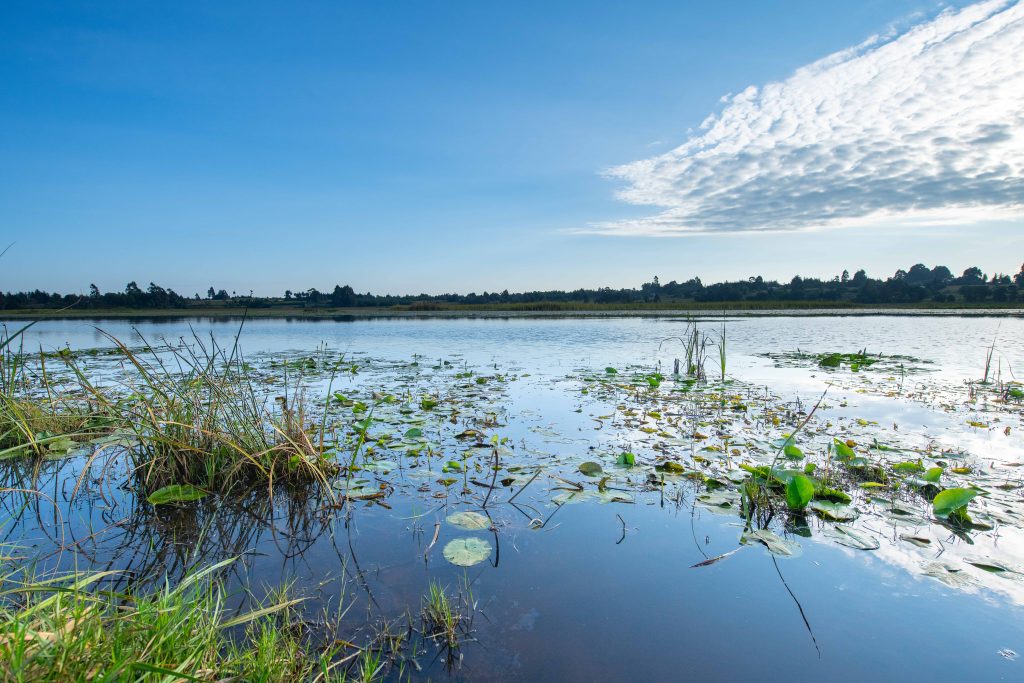Farmlands under improved management in Hectares
0
Households receiving project services
0
Grass Strips Pegged in KMs
0
Grass strips planted in KMs
0
Terraces Pegged in KMs
0
Terraces excavated in KMs
0
Riparian pegged in KMs
0
Riparian planted in KMs
0
Areas of land restored
- Forests under sustainable management
- Farmlands under improved management
- Wetlands restored
- Riparian conserved
51,000 Hectares
Sustainable forest management measures are being rolled out across a targeted 15,000 hectares of degraded forest land, guided by a participatory forest management plan and anchored in community-led restoration. The initiative combines assisted natural regeneration, enrichment planting, and agroforestry systems, while prioritizing the capacity building of Community Forest Associations (CFAs) to lead implementation, protection, and monitoring. Through structured training and inclusive governance, CFAs are empowered to uphold forest bylaws, track milestones, and promote sustainable resource use contributing to improved livelihoods and long-term stewardship. In addition, management effectiveness is being systematically tracked across 85,138 hectares of forest using the Management Effectiveness Tracking Tool (METT), ensuring accountability, adaptive learning, and continuous improvement in forest governance..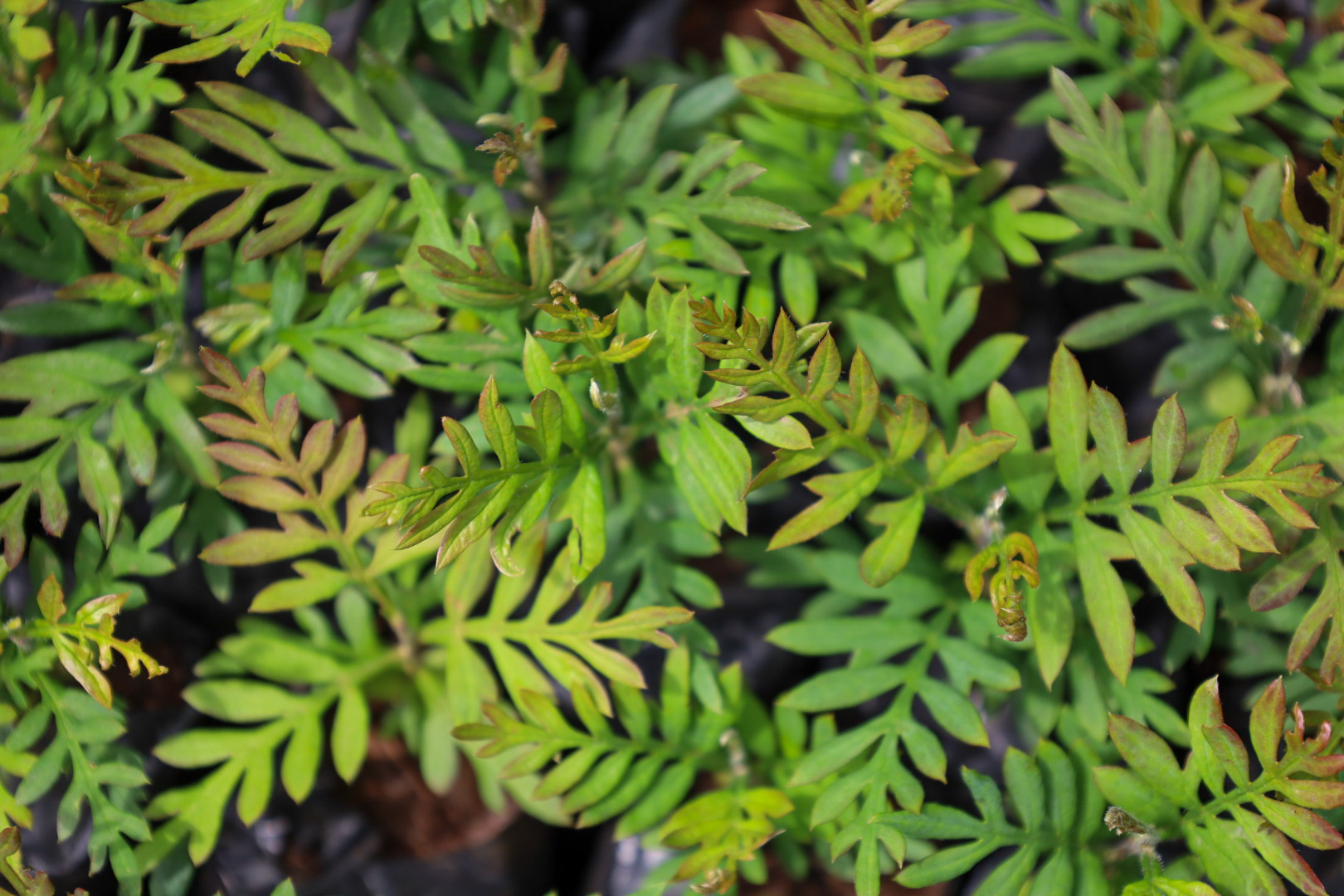
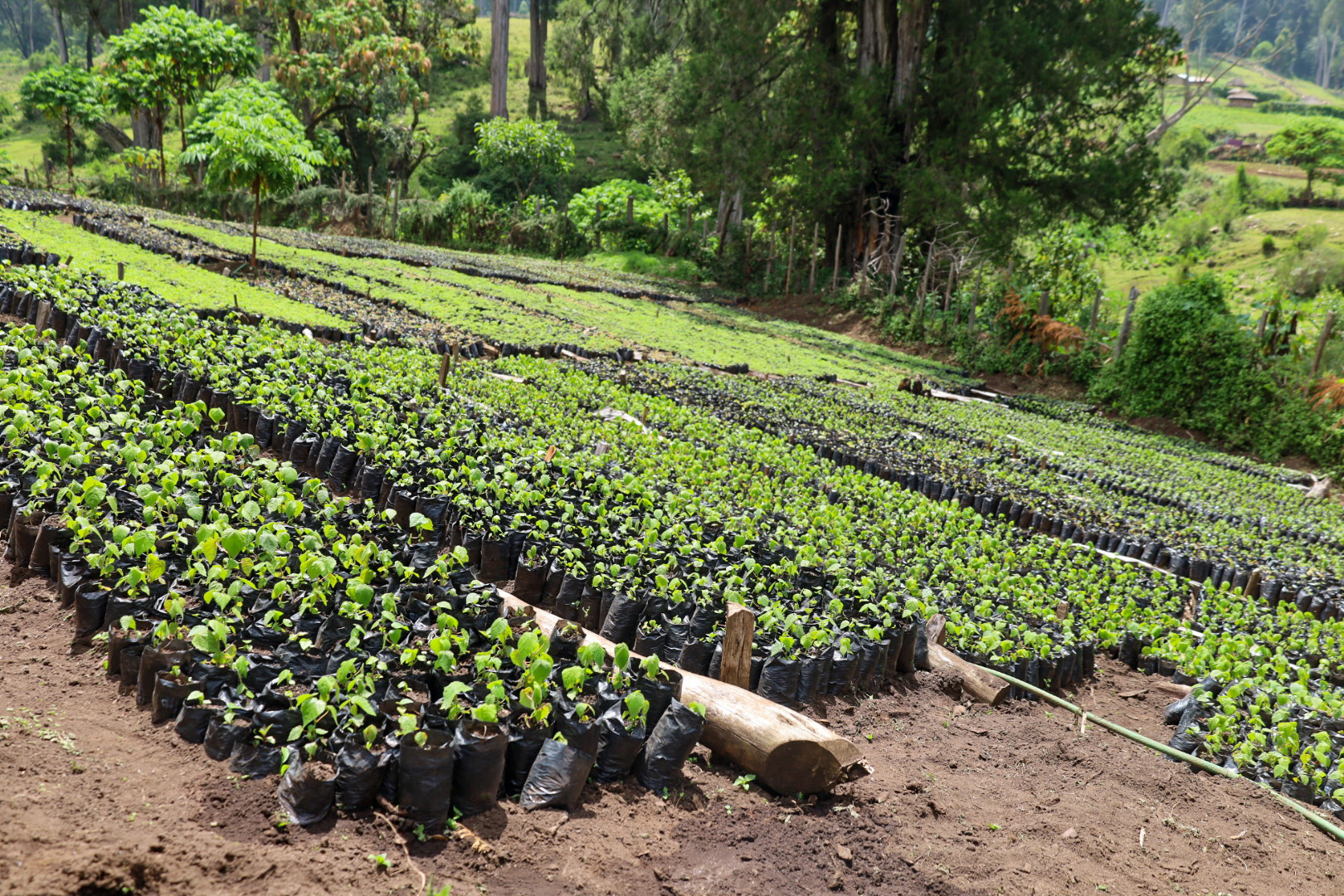
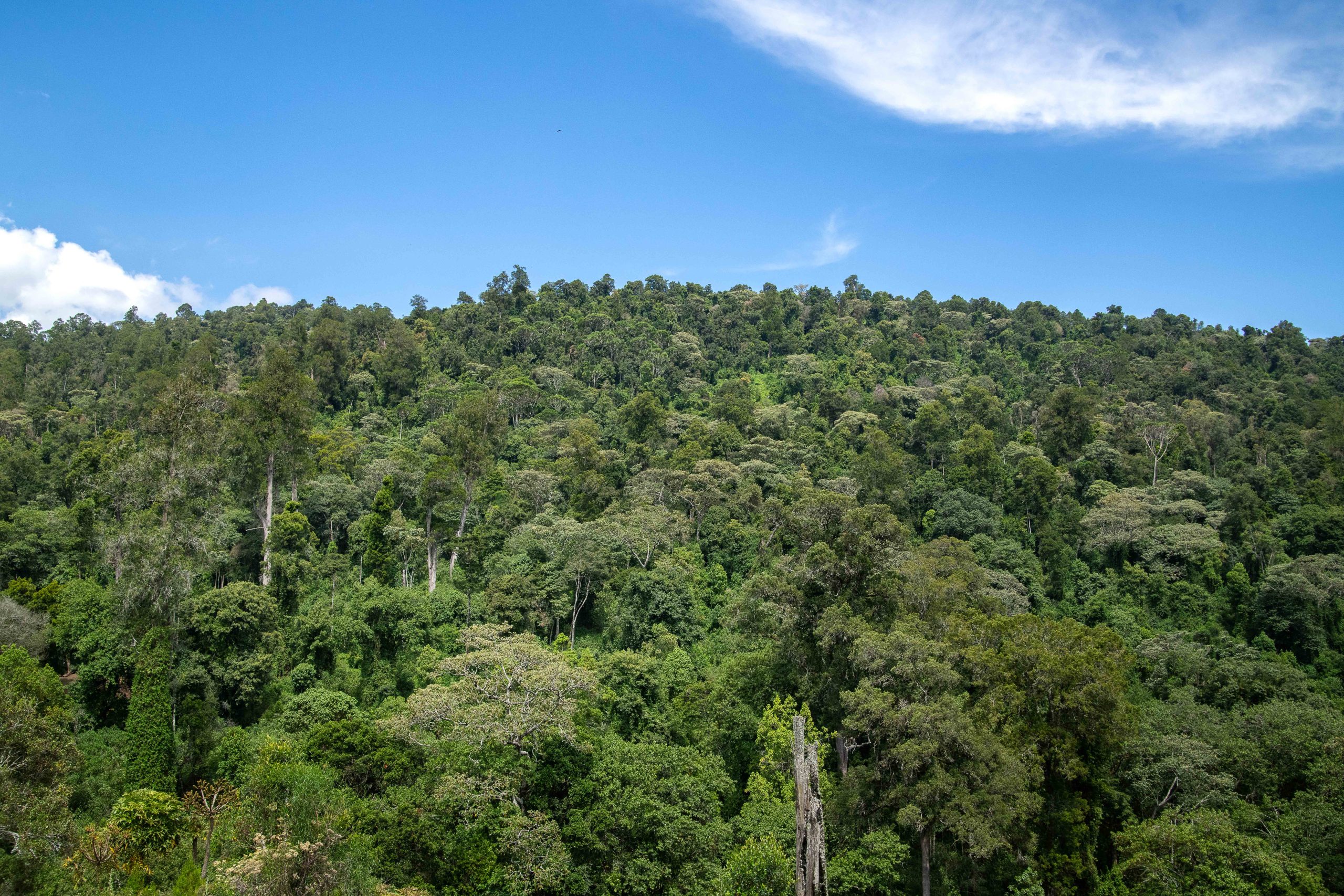
41,706 Hectares Restored
The project aims to rehabilitate 3,500 hectares of degraded land through the promotion of agroforestry practices and soil and water conservation (SWC) measures. These interventions will improve soil fertility, enhance moisture retention, and reduce erosion, while increasing tree cover and promoting climate-smart land management. In addition to restoring ecosystem services, the measures will strengthen the resilience of farming systems, improve agricultural productivity, and contribute to sustainable livelihoods for local communities..
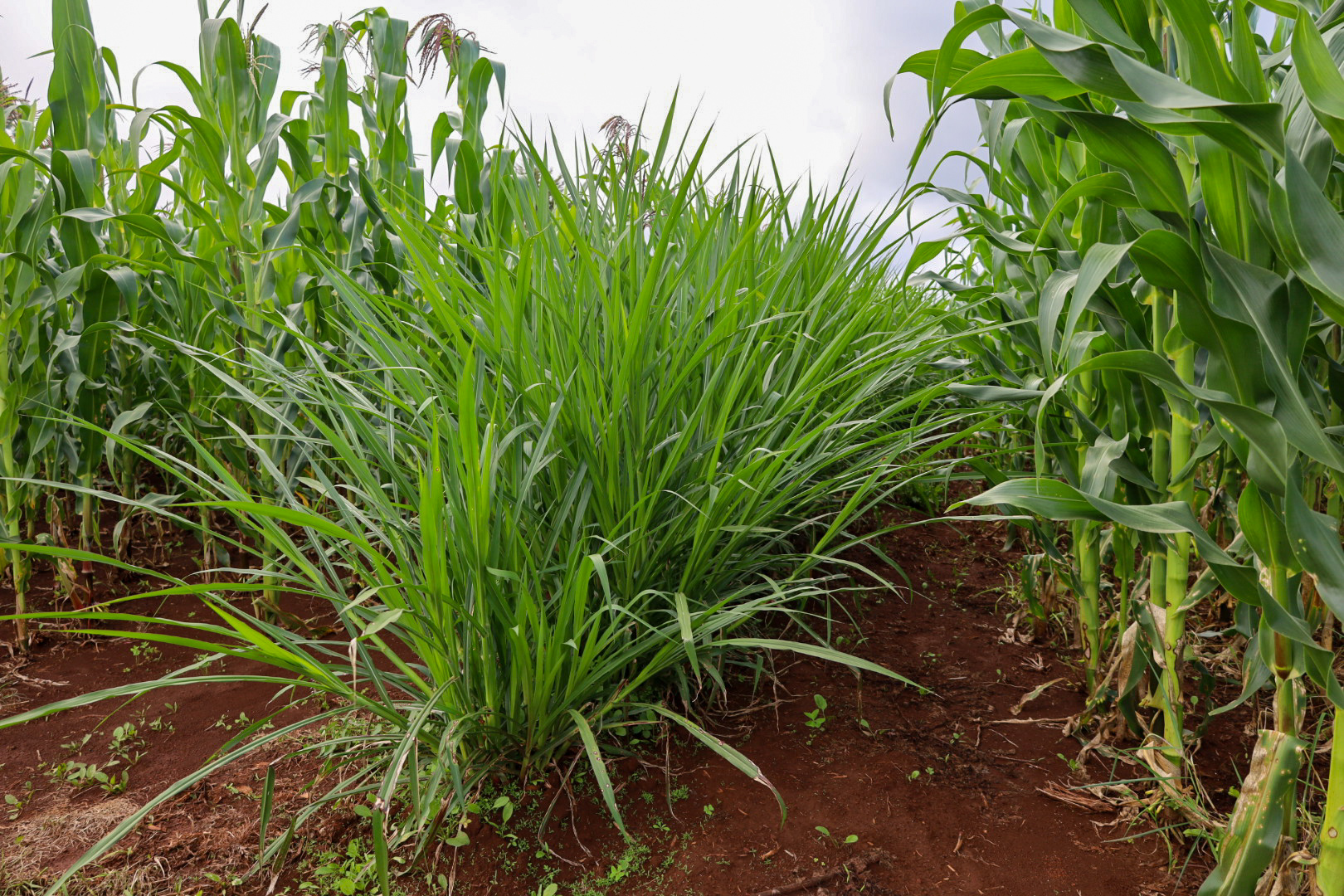
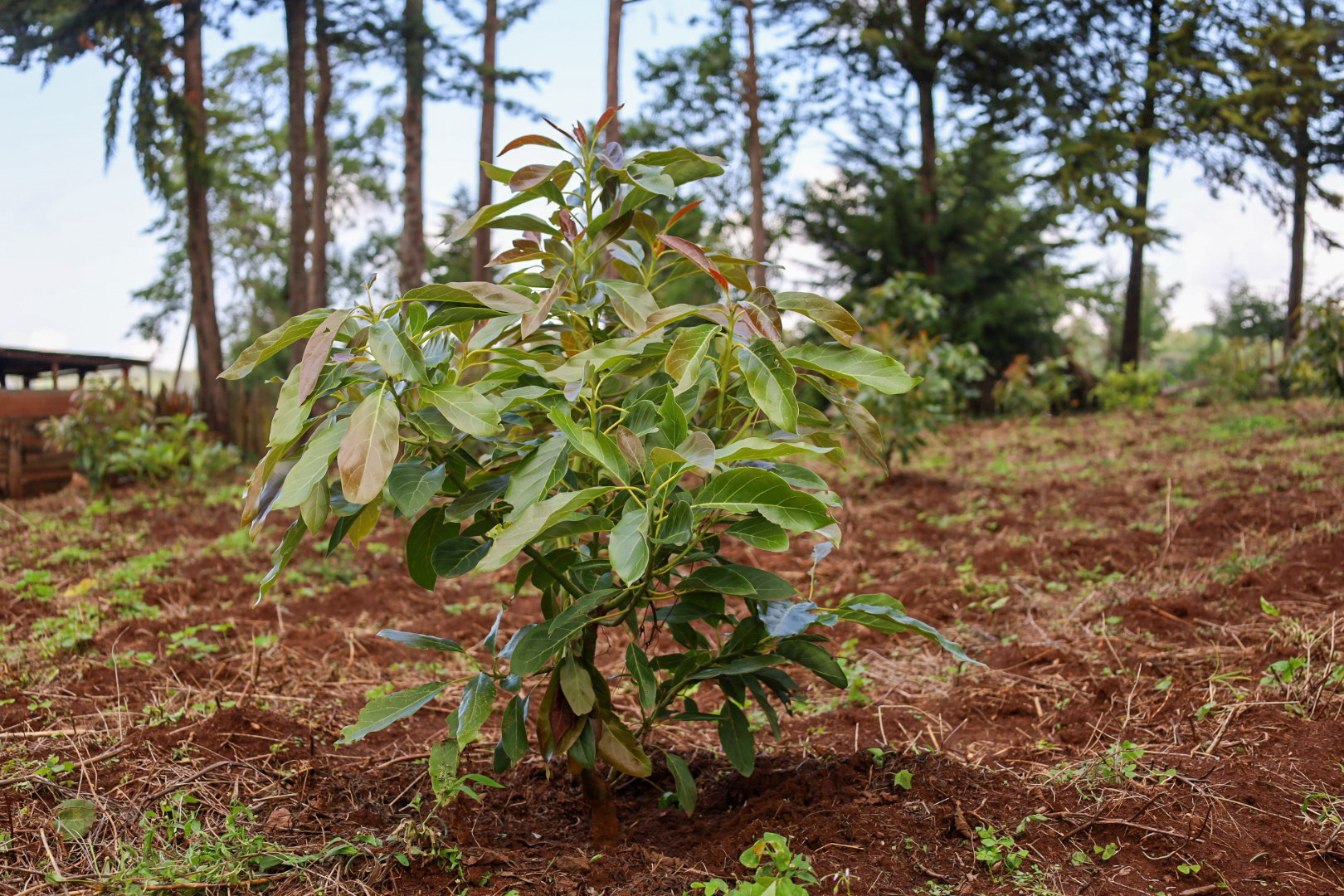
425 Hectares Restored
The project targets the restoration of 500 hectares of wetlands through the application of green infrastructure solutions such as riparian buffers, conserved wetlands, reforestation, and water harvesting. These interventions are designed to improve water retention, reduce sediment and nutrient loading, and enhance biodiversity, while also strengthening the wetlands’ role in climate change adaptation by mitigating flood risks and supporting reliable water supplies for surrounding communities and ecosystems.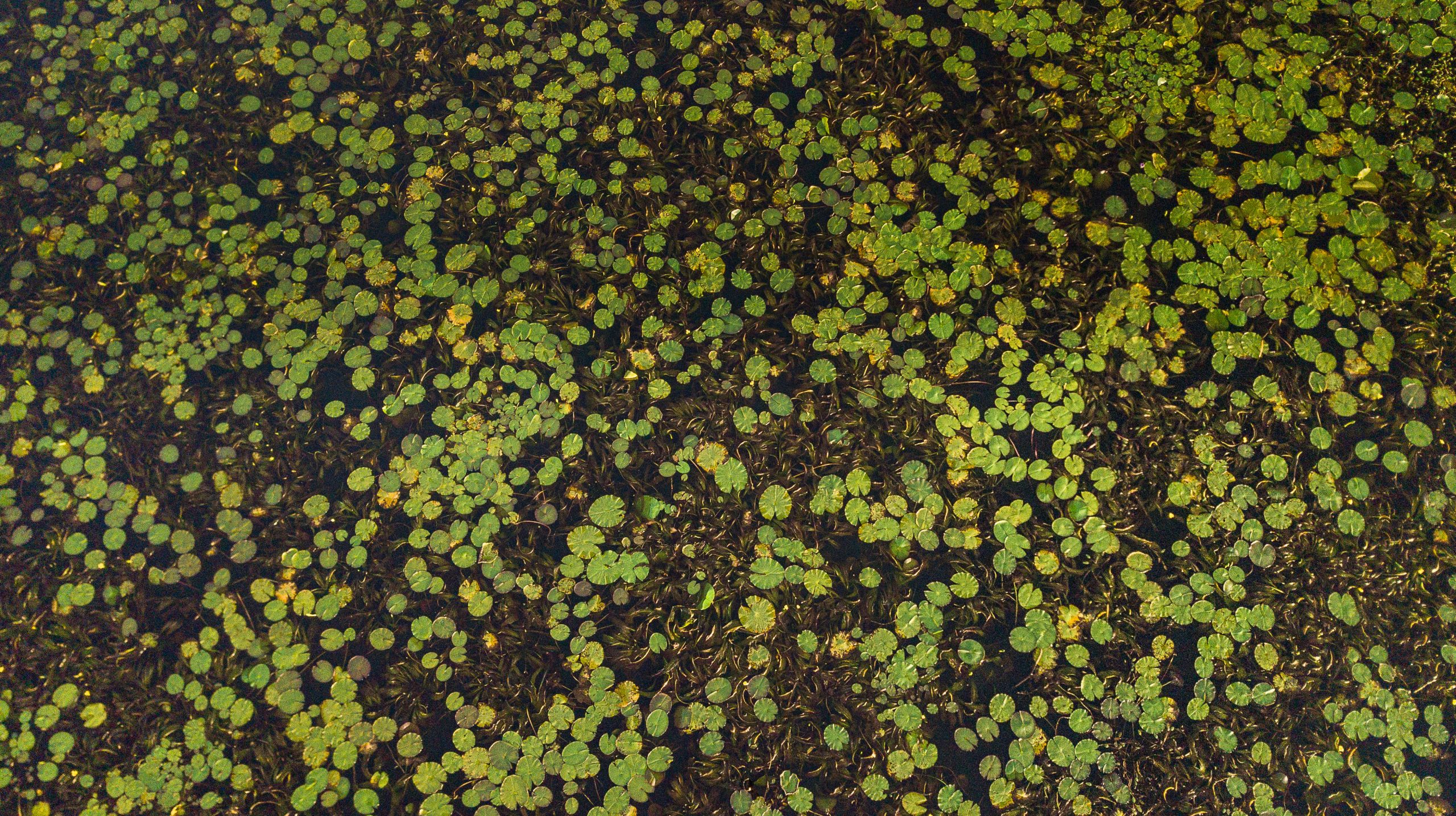

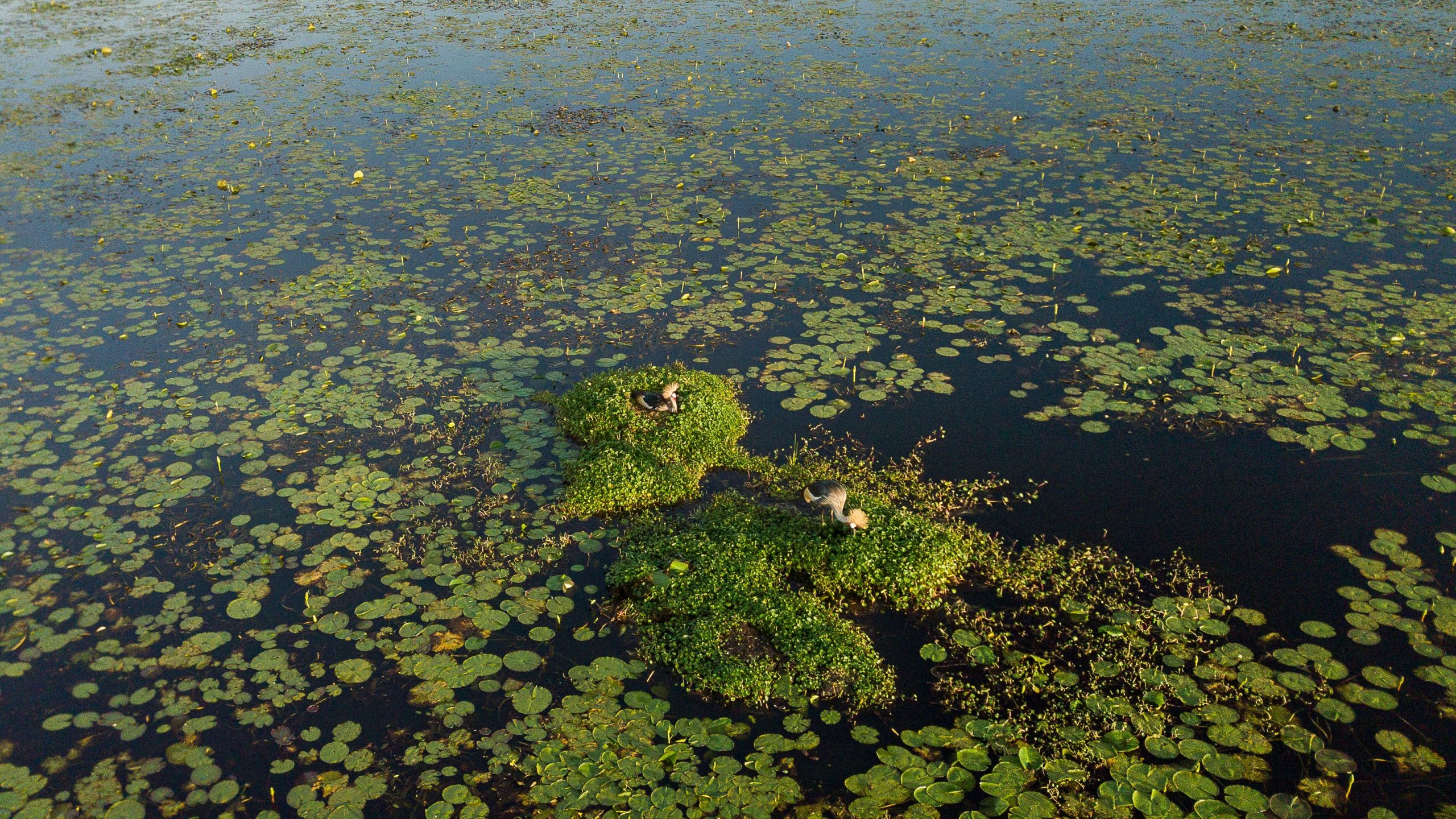
376 KMs Riparian conserved
The project targets the restoration and protection of 300 km of riparian zones through interventions such as riverbank stabilization, indigenous tree planting, and controlled land-use practices. These measures will help reduce erosion and sedimentation, enhance water quality, and restore natural habitats that support biodiversity. In addition, well-managed riparian zones will improve the regulation of water flows, strengthen climate resilience, and provide ecosystem services that benefit both local communities and downstream users.




